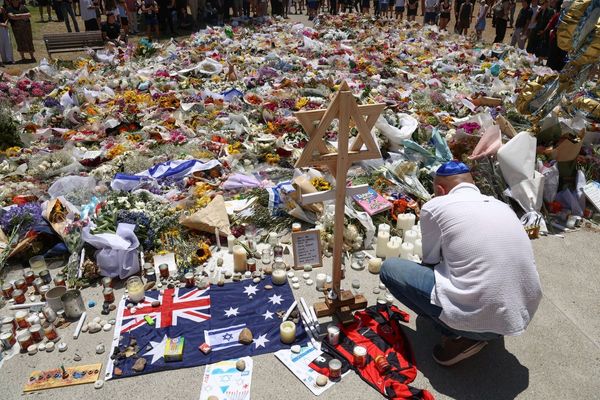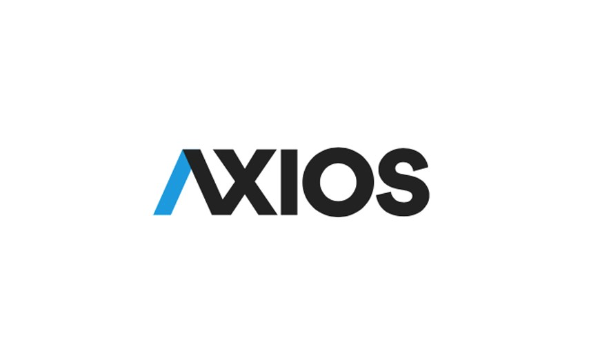
Following a spate of soft data, financial markets had priced in a near certainty that the Reserve Bank would cut interest rates this week – so it came as a shock to many when they chose to leave the official cash rate unchanged at 3.85%.
As the treasurer noted, the decision was “not the result millions of Australians were hoping for.” Mortgage holders can take heart, however, from the RBA governor’s words at the post-decision press conference, where she implied that a rate cut following the August meeting was pretty well in the bag. “The board decided to wait a few weeks” she told reporters, adding that the decision was around the timing rather than direction of rates.
Despite these assertions – and following the release of the May monthly inflation data – markets are not entirely convinced, pricing in an 85% chance of a rate cut next month. To many, 85% may not seem that different from 100%. But in reality, it tells us a lot about how today’s announcement has unnerved markets.
With all due respect to some of my economist colleagues, a decision to cut rates at a later date will not make a discernible difference to our economic fortunes – although obviously every week of higher rates is felt keenly by mortgaged households, especially younger ones with the highest levels of debt.
What is possibly a more significant outcome from Tuesday’s decision is the erosion in trust of the RBA due to the large swings in tone between meetings, despite efforts to rebuild trust in the past six months or so.
I wrote in this masthead just seven weeks ago that the RBA had adopted a surprisingly dovish tone for the first time in a long time, following the May monetary policy meeting. Indeed, the RBA acknowledged then that an out-sized 50 basis point cut had even been considered at that meeting (albeit briefly) following Trump’s “Liberation Day” tariff announcements.
This stance represented a significant shift in attitude from the previous board meeting and indeed much of the previous year. And yet now, here they are swerving backwards.
To me, this is quite confounding – and worrying.
One of the reasons that a rate cut was widely expected this week was because the monthly inflation indicator for May had been softer than expected, both in headline and underlying terms. Underlying inflation, which is the measure that the RBA is focused on, dropped to just 2.4%, the lowest annual pace in more than three years. While these numbers are a little volatile and not a full picture, they provide enough evidence to show that inflation is not deviating from the RBA’s expectations, which would be the only justification to postpone another rate cut.
Yet the RBA statement said that inflation data for May was “at the margin, slightly stronger than expected” and that they will only feel confident once the June quarter data is out in black and white before their eyes. This makes one wonder how good the models are if there’s that level of uncertainty with two-thirds of the story already in the bag.
The RBA also suggests that “private domestic demand appears to have been recovering gradually.” While I agree with the governor’s assertion that “reasonable people can differ in their interpretation of the data,” I think that, in this instance, the RBA has got it wrong. Consumer demand and confidence are unequivocally weak, despite tax cuts, lower inflation and two rate cuts, and wild gyrations in US tariff policy will continue to undermine business confidence and investment.
We were told by the governor that there was “really good debate in the [RBA] boardroom,” but it’s hard to agree that recent data deserve such debate. In fact, given the level of downside risks created by uncertainty – especially as we face the next wave of crazy on tariffs from President Trump – the weighting to cut should have been easy if economic data was all that was under consideration.
Yes, the labour market remains robust, with unemployment at 4.1%. And low productivity is producing unit labour cost growth at rates we’d prefer to see lower. But we are not seeing this translate into higher prices.
The bank’s own liaison tells them businesses can’t do this under current soft conditions, but officials seem worried that another 25 basis point cut this month, as opposed to next, will threaten that, even as they forecast further rises in unemployment.
The decision to hold rates passed by six votes to three. One has to assume that the three RBA board members voted to hold, so the six independent members were split 50-50. Despite reform of the RBA monetary policy decision-making board, officials still appear to have considerable sway over the final outcome.
As I’ve noted, I don’t think it’s a calamity for the economy as a whole that we wait another month for an interest rate cut (although I would be deeply concerned if the cut flagged by the governor for the August meeting did not appear.) What does concern me about this latest decision is the significant swerving in language.
One minute we are told inflation is in the bag; seven weeks later, we are worried that it’s not, despite the data strongly indicating otherwise and despite the potential impact of very high levels of uncertainty playing out, both internationally and at home, which is anathema to growth.
Confidence has given way to uncertainty and timidity. The RBA will need to exercise caution in its communications in the lead-up to, and following, the next monetary policy meeting if it does not want to further undermine confidence in its decision-making ability.
Nicki Hutley is a consulting economist







